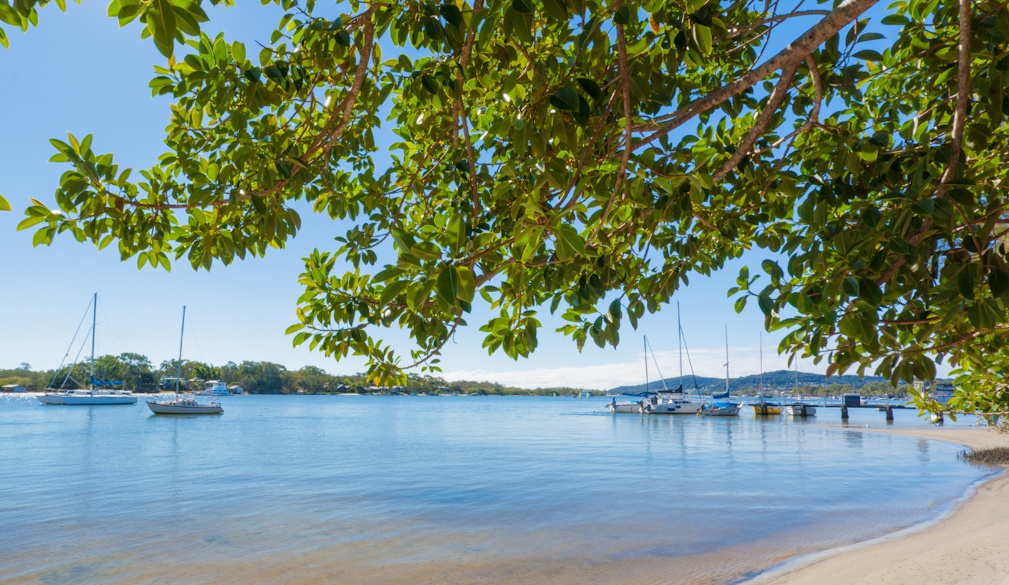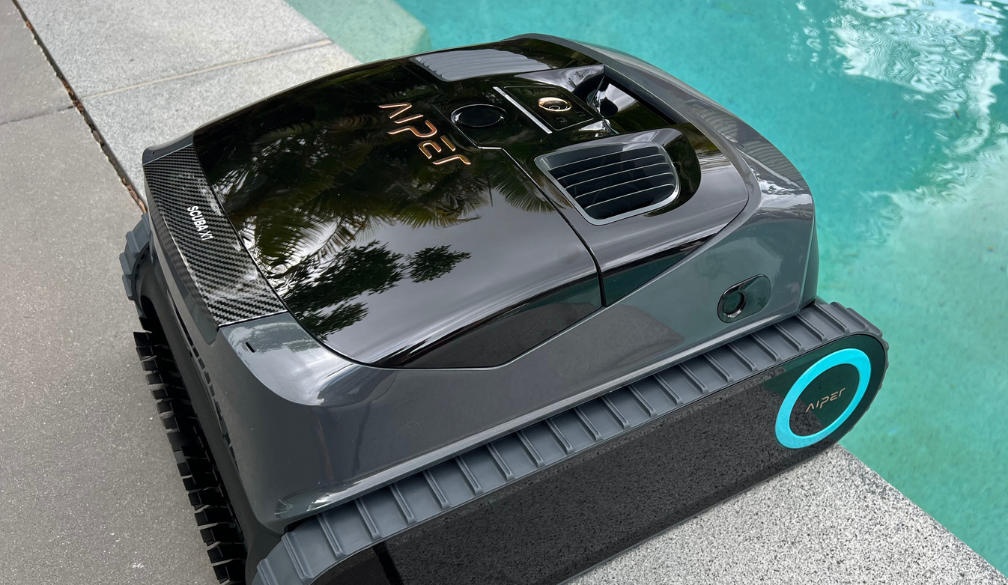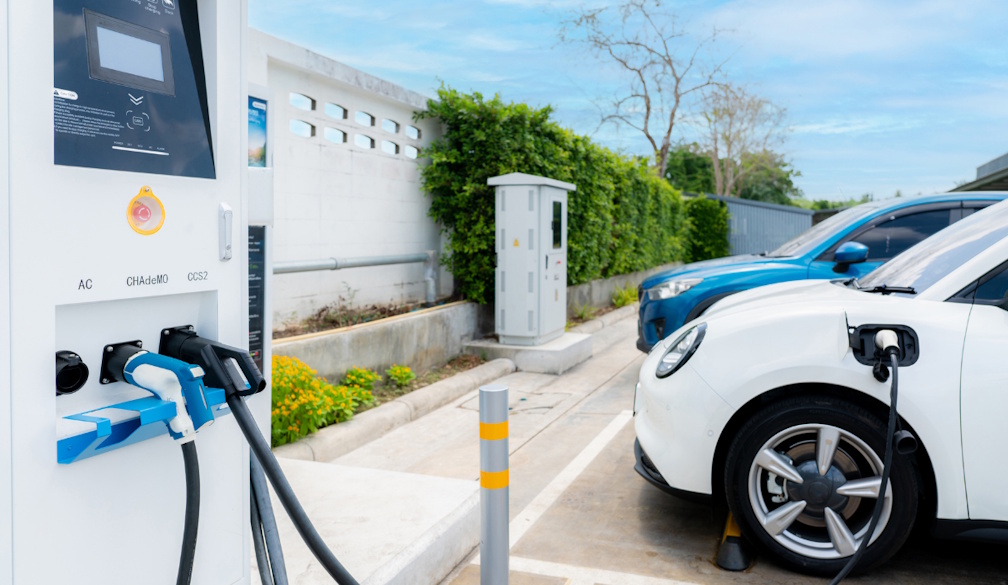Ash Won a Billboard and Accidentally Started a Movement!
- Written by Times Media

When Melbourne commuters stopped mid-scroll and looked up, they weren’t met with a brand slogan or a celebrity face - they were met with a call to action.
“Stop scrolling. Start connecting.”
Front and centre on a major Melbourne billboard is Ash, the founder of Hype Girl Social Club, and the winner of Bevilles' Billboard Giveaway - a campaign designed to spotlight bold, unapologetic women doing something meaningful with their platform.
What started as a competition win has quickly evolved into something bigger: a growing movement encouraging women to put down their phones, show up in real life, and rediscover the power of genuine connection.
From Idea to Iconic OOH Moment
Ash created Hype Girl Social Club as a response to a very modern problem - feeling connected online, but disconnected in real life. The community brings women together through social events, shared experiences and feel-good energy, built on the belief that confidence is contagious when it’s shared.
Winning a billboard wasn’t just about visibility - it was about impact.
With Bevilles giving her the platform, Ash transformed a high-traffic Melbourne location into a meeting point for modern girlhood. No filters. No algorithms. Just a bold reminder that community still matters.
“Stop Scrolling. Start Connecting.”
In a world dominated by endless feeds, Ash's message cuts through the noise. The billboard acts as both an interruption and an invitation - encouraging women to look up, reach out and re-engage with the people around them.
Bevilles: Backing Bold Women, Loudly
The Bevilles Billboard Giveaway was created to celebrate women who are doing things differently - women with stories, ideas and energy worth amplifying.
By handing the mic (and the billboard) to Ash, Bevilles continues its commitment to championing confidence, individuality and self-expression - not just through jewellery, but through moments that matter.
Because sometimes, the most powerful statement isn’t what you wear - it’s what you stand for.






















